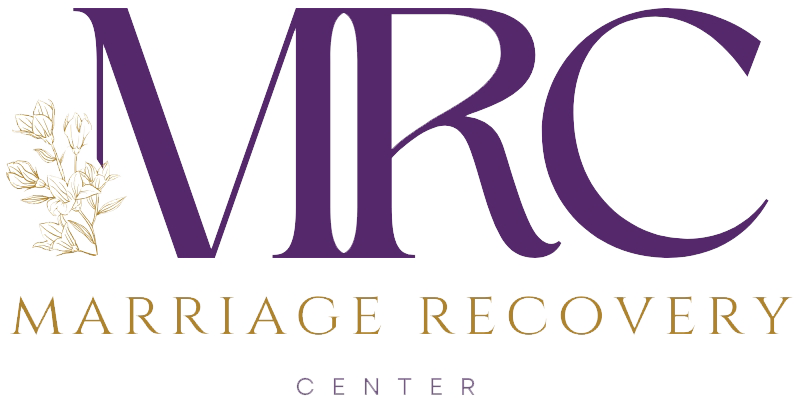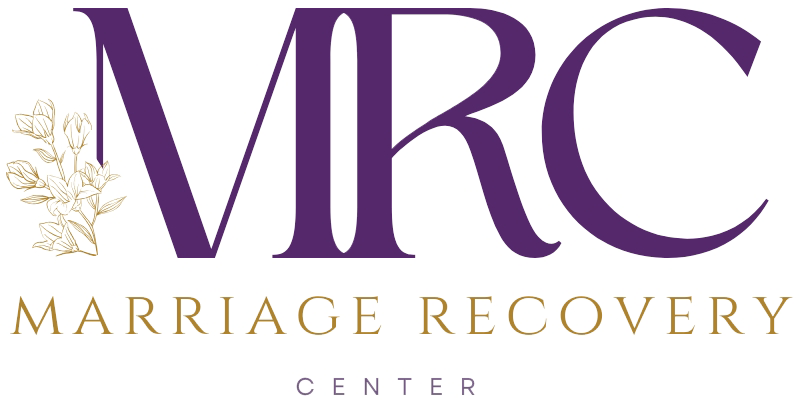Have you ever tried to share your feelings, only to have it turn into a big argument? This may be because what you had thought were “feeling” words, are actually words that shift blame and responsibility, creating more distance in the relationship. Learn more about how to hide your feelings to avoid these communication pitfalls and how to share your feelings in a more effective way by Lee Kaufman from the Marriage Recovery Center.
How to Hide Your Feelings: Mastering Non-Blaming Communication
Welcome back to our exploration of effective communication and, more specifically, the art of sharing feelings without placing blame. The act of sharing our emotions is a crucial aspect of human interaction, as we all seek to express ourselves authentically and be truly heard by those we hold dear. However, often our attempts at conveying our feelings in what we believe is an effective manner fall short, leaving communication strained and mutual understanding lacking. In this article, we delve into practical strategies for enhancing communication and preventing blame in our emotional expression.
Understanding the Challenge
In therapeutic and counseling settings, the subject of sharing feelings frequently arises. It is not uncommon for individuals to assert that they are already adept at sharing their emotions, believing they do so without casting blame. However, when these individuals engage in roleplay exercises to demonstrate their communication, it often reveals a different reality. The language used in these demonstrations is frequently tinged with accusatory tones and responsibility-shifting phrases. This problematic approach inevitably results in breakdowns in communication and leaves both parties feeling unheard and misunderstood.
Finding Solutions
So, what can be done when the very tool we thought was effective in sharing our feelings proves to be counterproductive? Fortunately, the solution is straightforward: we must seek better communication tools and integrate them into our interactions. Among the most effective of these tools is Marshall Rosenberg’s nonviolent communication (NVC). If there’s one action to take this week, consider investing in a copy of his book, as it may genuinely be one of the most valuable investments in your personal growth and relationship development.
In the coming months, we will delve deeper into nonviolent communication and employ it as a foundation for constructive conversations that enable us to express our feelings and, simultaneously, allow our partners to truly comprehend us. For now, let’s focus on two common pitfalls in feelings communication that inadvertently assign blame.
Misinterpretations: The Confusion of Interpretations with Feelings
A prevalent mistake in expressing feelings is the confusion of interpretations with actual emotions. Often, individuals use words like “rejected,” “ignored,” “manipulated,” and “disrespected” as if they were feelings. However, these are not feelings but interpretations of feelings. Such phrasing shifts responsibility onto the other party and aims to hold them accountable for one’s emotional state. It is crucial to avoid using such words in this manner.
Denial of Responsibility Statements: Shifting Blame in the Guise of Feelings
Another common pitfall is the use of denial of responsibility statements when expressing emotions. Phrases such as “I feel sad because you said I’m too emotional” or “You made me feel angry because you didn’t listen to me” falsely attribute the cause of one’s feelings to external factors. In truth, feelings are not induced by others but stem from our own beliefs and expectations regarding a person, event, or situation. The situation itself does not generate emotions.
Effective Rewriting: Incorporating Needs
To improve such statements and ensure they take responsibility for one’s own feelings, it is essential to add an additional element to the equation: our unmet needs. This is akin to adding a variable in an algebraic equation, which can alter the outcome significantly. We all possess unmet needs that underlie our emotional responses. By openly sharing these needs, we can reclaim responsibility for our feelings and provide our partners with insights into how they can support us.
For example, rather than stating, “I feel angry because you always leave the kitchen a mess,” one could rephrase it to sound like, “I feel overwhelmed when you leave the kitchen a mess because I have a need for cleanliness and order.” This adjusted approach is significantly more effective, as it encourages open-hearted reception and a deeper understanding of one’s needs and emotions.
Incorporating these strategies into your communication can lead to more productive and empathetic conversations. By mastering non-blaming communication, you can effectively share your feelings without assigning blame, ultimately fostering healthier relationships and more profound connections with those you care about.
In conclusion, the art of hiding your feelings is not about suppressing them but rather about conveying your emotions in a way that promotes personal responsibility and mutual understanding. Nonviolent communication, as pioneered by Marshall Rosenberg, provides a valuable framework for achieving this objective. By mastering the techniques discussed in this article, you can become a more effective communicator and, in turn, build stronger, more harmonious relationships.
To learn how we can help, reach out to us at (206) 219-0145 or info@marriagerecoverycenter.com to speak with a Client Care Specialist
Also read: How to Break Free from the Grip of Conflict
About Dr. Hawkins:
The internet is inundated with hyperbole and misinformation about narcissism, leaving many people confused and hopeless. Get the facts on narcissism and emotional abuse from someone who has been researching, writing about and treating narcissism and emotional abuse for over a decade.
Dr. Hawkins is a best-selling author and clinical psychologist with over three decades of experience helping people break unhealthy patterns and build healthier relationships.
He is the founder and director of the Marriage Recovery Center and the Emotional Abuse Institute which offers education, training and counseling for people who want to break free of, and heal from, emotional abuse. Whether the perpetrator of the abuse is your spouse, partner, parent, boss, friend or family member, we offer practical advice for anyone trapped in a toxic, destructive relationship.
In addition to narcissism & emotional abuse, you’ll learn about the lesser known forms of abuse, including covert abuse, reactive abuse, spiritual abuse, secondary abuse, relationship trauma and much more.








